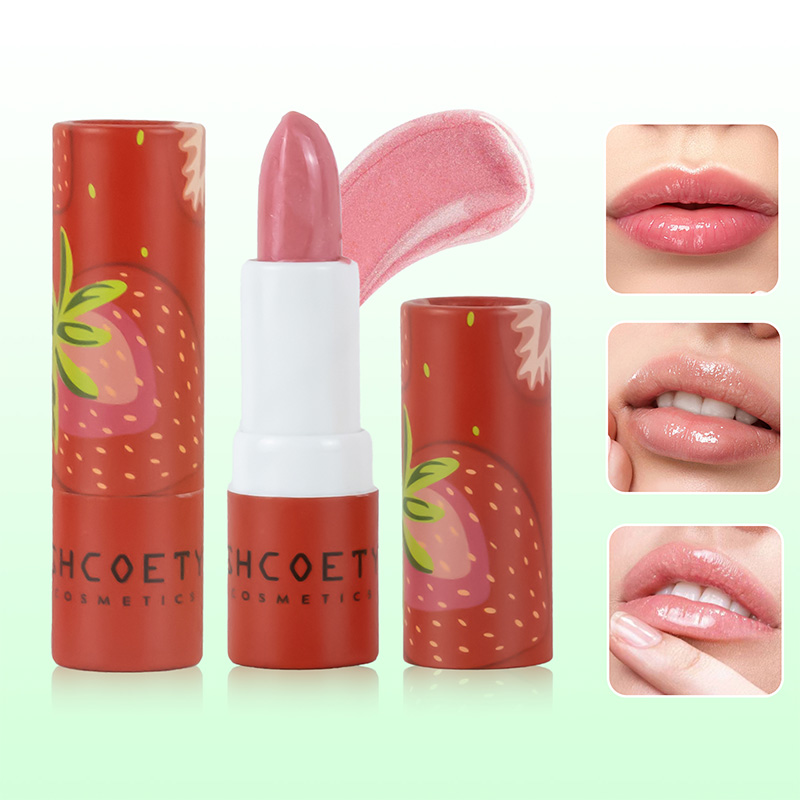Oct 10, 2025
Achieving beauty that feels natural and enduring begins long before the product reaches a consumer’s hand. In every Professional Lipstick Factory and Professional Lip Balm Factory, the foundation of success lies in how strictly quality control is applied during each production stage. The effort to ensure consistency, texture, color accuracy, and ingredient safety directly influences the final user experience, creating cosmetics that not only look appealing but also perform effectively.
The quality of a lipstick or lip balm starts with the materials used to produce it. Manufacturers carefully evaluate every ingredient—from waxes and oils to pigments and fragrances—to verify that they meet cosmetic-grade standards. Laboratories often test these raw materials for purity, pH balance, and potential allergens. In a professional production line, traceability is also critical; each batch of materials is labeled and documented to allow full tracking through the entire process.
This careful selection prevents contamination and ensures that the color and consistency of every batch remain stable. For instance, using the right balance of natural oils and waxes determines whether a lipstick has a creamy texture or a matte finish, while maintaining strict color control ensures that the shade remains uniform even after multiple production runs. These details, managed early, are what set a professional manufacturer apart in the beauty supply chain.

Once the ingredients are approved, the next stage—formulation—requires scientific precision. Lipstick and lip balm are both emulsified products, which means that even slight variations in temperature or mixing time can alter the texture or performance. Professional factories use automated mixing systems that maintain consistent heat and speed to ensure homogeneity.
During this stage, stability testing is also conducted. Samples are placed in different temperature and humidity environments to evaluate how they perform over time. A formula must remain smooth, non-separating, and safe for use even after exposure to various conditions such as transport or long-term storage. By analyzing how the formulation behaves under stress, manufacturers can refine it before large-scale production begins.
Consumers expect the shade they buy today to match the one they purchase months later. Achieving this uniformity requires advanced color-matching technology and skilled technicians. Each Professional Lipstick Factory uses spectrophotometers and visual color evaluation to measure pigment performance under different lighting conditions.
Pigment dispersion is another important factor—if not mixed thoroughly, uneven spots can appear, affecting both visual quality and texture. Continuous quality inspections during and after pigment blending ensure that each batch achieves the desired color saturation and feel. This attention to color management enhances brand trust and helps cosmetic lines maintain stable product ranges.
Packaging is more than aesthetics; it serves as a protective barrier that preserves the product’s integrity. Before filling, containers and molds are cleaned, sterilized, and tested for compatibility with the formulation. A Professional Lip Balm Factory, for example, ensures that the balm tube material does not react with the product inside or alter its fragrance.
Once filled, products go through sealing, cooling, and labeling checks. The barcode and lot numbers are tracked in the system for inventory and recall control. These details help ensure that every product shipped out is safe, traceable, and meets international cosmetic standards.
Quality control does not stop at the factory door. Before official release, finished products undergo user testing and dermatological assessments. Lipsticks are checked for smooth application, adherence, and longevity, while lip balms are tested for moisturizing effect and absorption rate.
Feedback from testers or long-term customers is another valuable part of continuous improvement. By analyzing usage results and market response, manufacturers can make subtle formula adjustments or packaging upgrades. This loop between laboratory and consumer experience helps maintain high production standards while adapting to evolving cosmetic trends.
Modern consumers are increasingly aware of environmental and ethical factors. To meet this expectation, professional manufacturers are integrating sustainability into their quality control systems. This includes sourcing eco-friendly raw materials, reducing production waste, and ensuring that no animal testing is involved.
Moreover, energy-efficient production lines and recyclable packaging options are becoming integral to factory management. Through these practices, the quality of beauty products extends beyond texture and color—it reflects a commitment to social responsibility and sustainable manufacturing.